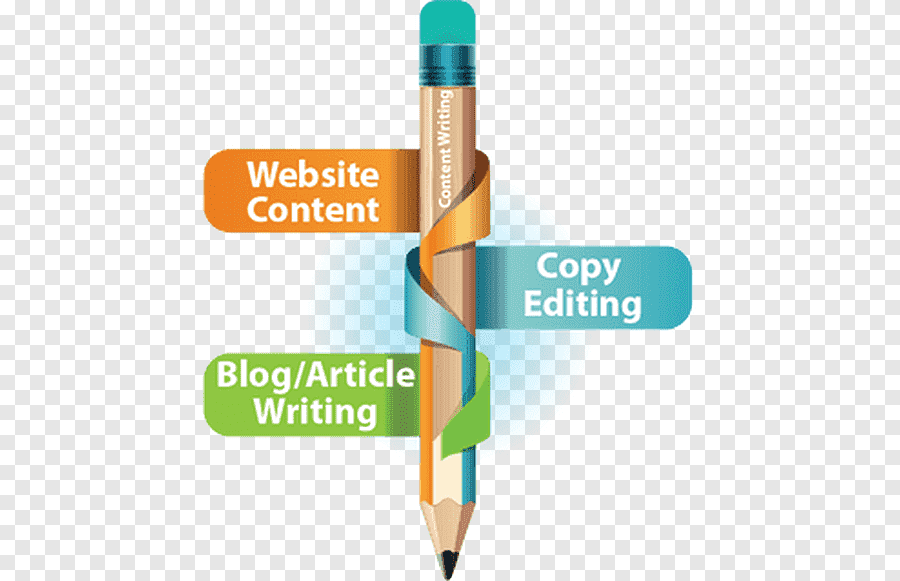A Simple Procedure In Leaflet Designing
A leaflet is a visual representation of your thoughts and feelings that can be expressed through words, photographs, and finally graphics. It will be determined or influenced by the manner in which you portray your views in the leaflet in terms of the messages sent in it. Your leaflets will provide your clients with the information they need to determine whether your material is relevant to them or if it is a waste of their valuable time.
If you want to get the most out of your leaflet design, make sure that all of the points you want to make are communicated in a direct and succinct manner that will encourage readers to remark and act. When it comes to the text that will be utilized, it must have the following characteristics: persuasiveness, it must be fascinating, it must be notable, and it must be useful. Create your text in such a way that it will leave a lasting impression on the minds of those who will be reading it. Make sure to utilize just short paragraphs, and then label them with headings, to ensure that they are easily read. Bullets should be used for consecutive concepts because they make it much easier to read. Additionally, for material that you wish to draw attention to, you can highlight it or use a different font, followed by bolding the relevant text.
Additionally, the style of the pictures in the leaflet is vital because it will aid you in communicating your message more effectively. The images that will be used on your flyers will be determined by the subject matter or theme of your leaflet. Due to the fact that you will be selecting on the sort of text and images to be used on your leaflets, considerable preparation and teamwork will be required during the layout process. It would be necessary to create preliminary sketches that would demonstrate where you want your text to be placed, where you want the headers to go, where you want the photographs to go, and what colors would work best for the texts and the background.
Following the completion of the layout phase, the printing process will begin. The design would now be saved on the computer and uploaded. A word processing program such as Microsoft Word will be required for the typing and formatting of texts. However, for individuals who are proficient with computers, they may want to use QuarkXpress or Adobe Photoshop, which are specifically designed for the designing process. However, if you don't have access to a computer or don't know how to use one, there are expert printers you may turn to for assistance with your leaflet printing job. Moreover, if you find it too time-consuming to visit each and every local print shop in your area, you can always search the internet for expert printers who provide reasonable costs for your flyer project. Searching for information on the internet is considerably more convenient and efficient.
Things to keep in mind when instructing your printers- When you take your leaflet project to a printer, one of the most typical things that happens is that the leaflet is cut to size. As a result, you must always remember to tell the printer to provide a bleed margin when printing your leaflet project. The bleed margin is typically a space of 2mm around the edge of the design that is lost during the cutting process and is therefore important. Another thing to remember is that photographs should be saved at a resolution of 300 dpi and saved as JPG or TIF files. There is the chance of jagged corners in the image if the image quality is very low. The type of paper to be used should also be carefully considered, as papers that are excessively thin have a tendency to blot when colors are applied to them.


























